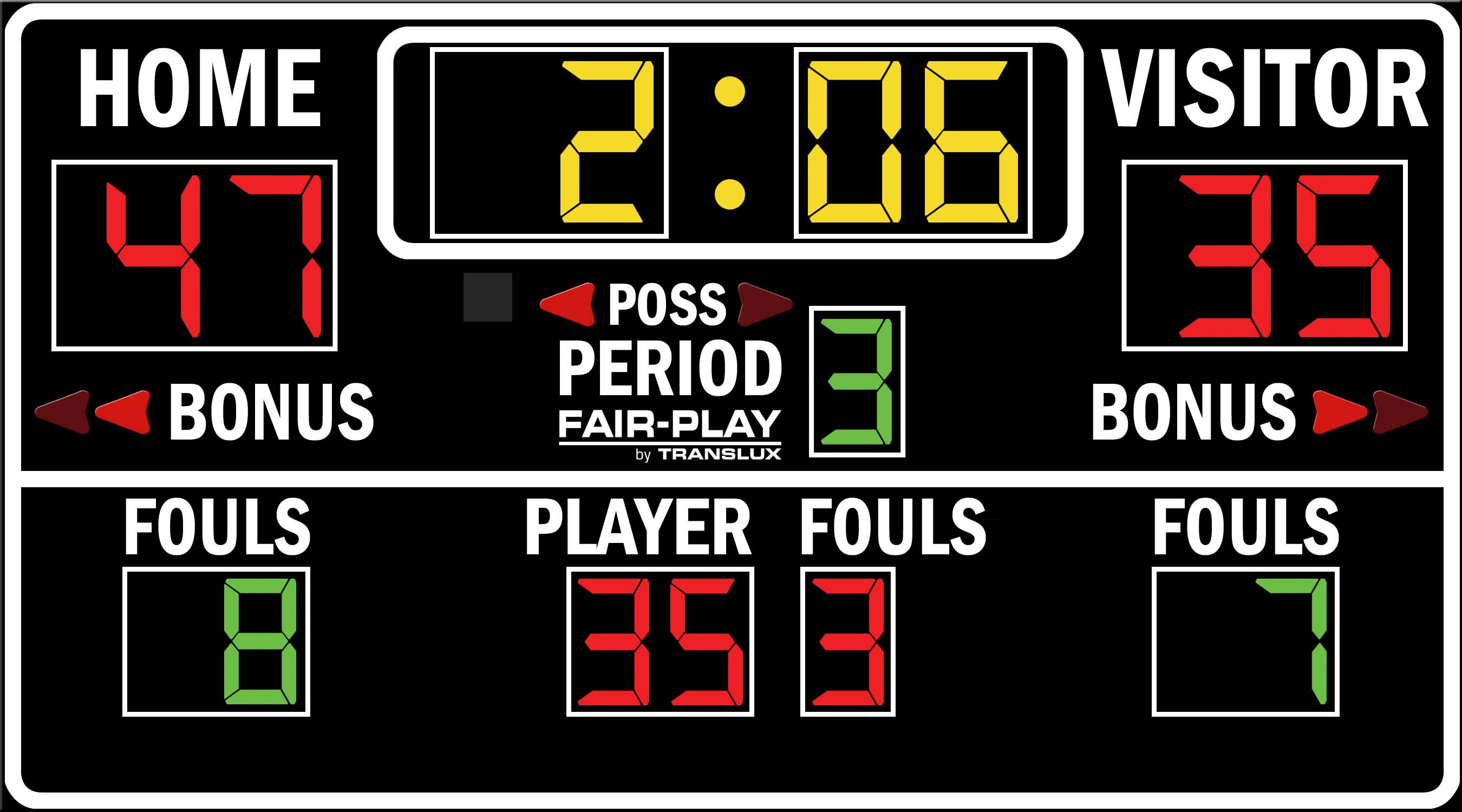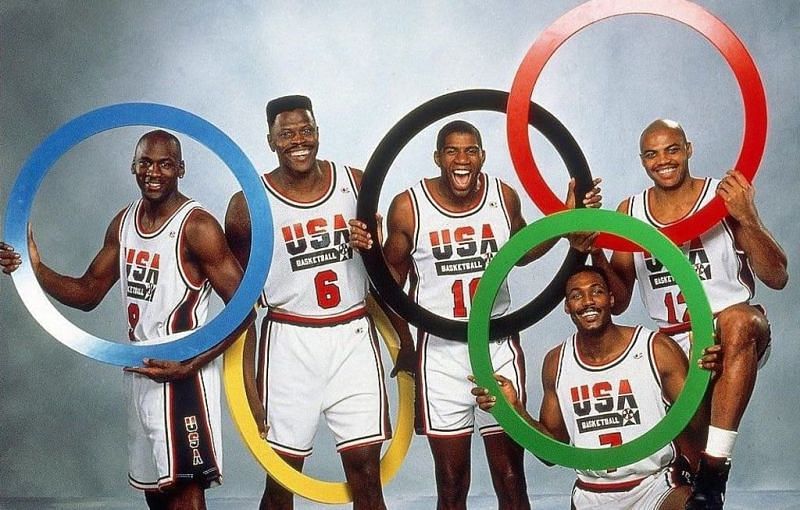Olympic Basketball Tournament History and Evolution: Olympic Basketball Scores

The Olympic basketball tournament has evolved significantly since its inception, reflecting the sport’s growing popularity and the changing dynamics of international competition. From its humble beginnings to its current status as a global spectacle, the tournament has witnessed a fascinating journey marked by rule changes, format adjustments, and the emergence of dominant teams and players.
Early Years and the Birth of International Competition
The first official Olympic basketball tournament took place at the 1936 Berlin Games. This event marked the beginning of international basketball competition, showcasing the sport’s growing appeal beyond its North American roots. The tournament featured eight teams, with the United States claiming the gold medal.
Key Changes in Rules and Format
The early years of Olympic basketball saw a gradual evolution of rules and format.
- Initially, the game was played with six players per team, but this was later changed to five.
- The three-point line was introduced in 1980, adding a new dimension to the game and encouraging more perimeter shooting.
- The tournament format has also evolved over time, with the number of participating teams increasing and the qualification process becoming more complex.
The Rise of Global Competition and the Dominance of the United States
The United States has historically dominated Olympic basketball, winning the gold medal in 15 of the 19 tournaments held. This dominance can be attributed to the country’s strong domestic league (NBA) and the consistent development of talented players. However, the emergence of other strong basketball nations, such as Spain, Argentina, and Australia, has challenged the US’s supremacy in recent years.
The Evolution of Playing Style and Strategies
The game of basketball has undergone a significant transformation in terms of playing style and strategies.
- The early years were characterized by a more physical and slower pace of play. Teams relied heavily on post-play and set offenses.
- The introduction of the three-point line in 1980 led to a more perimeter-oriented style of play, with teams emphasizing ball movement, spacing, and three-point shooting.
- The development of fast breaks and athleticism has further transformed the game, with teams seeking to create scoring opportunities in transition.
Major Milestones and Achievements
The Olympic basketball tournament has witnessed numerous milestones and achievements throughout its history.
- The first Olympic basketball game was played on August 8, 1936, between the United States and Canada.
- The United States has won the most gold medals in the tournament, with 15 victories.
- The Dream Team, a squad featuring NBA superstars like Michael Jordan, Magic Johnson, and Larry Bird, dominated the 1992 Barcelona Games, showcasing the global appeal of the sport.
- The 2008 Beijing Games witnessed a thrilling final between the United States and Spain, with the US emerging victorious.
Analysis of Olympic Basketball Scores

Olympic basketball has witnessed a fascinating evolution in scoring patterns over the years, influenced by rule changes, strategic advancements, and the emergence of dominant players. Examining the scores of recent Olympic tournaments provides valuable insights into these trends.
Olympic Basketball Scores: A Recent Look
The following table summarizes the scores of the last three Olympic basketball tournaments, highlighting the winning teams and their opponents in the final match:
| Year | Winning Team | Opponent in Final | Winning Score | Opponent Score |
|---|---|---|---|---|
| 2016 (Rio) | United States | Serbia | 96 | 66 |
| 2020 (Tokyo) | United States | France | 87 | 82 |
| 2024 (Paris) | TBD | TBD | TBD | TBD |
Scoring Trends in Olympic Basketball
The average score per game in Olympic basketball has consistently been in the high 80s or low 90s, indicating a fast-paced and high-scoring style of play. Several factors contribute to these scoring trends:
- Rule Changes: The introduction of the shot clock in 1951 and the implementation of the three-point line in 1980 have significantly impacted scoring. These rule changes encourage more offensive possessions and reward perimeter shooting, leading to higher scores.
- Athleticism and Skill: Modern-day Olympic basketball players are exceptionally athletic and skilled, capable of executing complex offensive plays and making difficult shots. This athleticism and skill level have contributed to the increased pace and scoring in the game.
- Strategic Advancements: Coaches have embraced offensive systems that prioritize ball movement, spacing, and quick decision-making. These strategies aim to create open shots and exploit defensive weaknesses, leading to higher scoring outputs.
Scoring Patterns of Different Teams
Teams often exhibit distinct scoring patterns based on their strengths and weaknesses in offense and defense. For example:
- United States: The US team is known for its dominant offense, fueled by exceptional individual talent and a strong team culture. They excel in fast breaks, perimeter shooting, and exploiting mismatches. However, their defense can sometimes be vulnerable against teams with strong inside presences.
- Spain: Spain is a team that combines skillful ball movement with strong defensive fundamentals. Their offense is often predicated on patient possession and well-executed plays, leading to high-percentage shots. Their defense is known for its discipline and ability to force turnovers.
- Australia: Australia has a reputation for playing a fast-paced, high-energy style of basketball. Their offense thrives on creating turnovers and converting fast breaks into points. However, their defense can sometimes struggle against teams with strong offensive firepower.
Impact of Olympic Basketball Scores

Olympic basketball scores have a profound impact, extending beyond the immediate determination of winners and losers. These scores shape the landscape of the sport, influencing rankings, strategies, and even global perceptions.
Impact on Medal Standings and Team Rankings
Olympic basketball scores directly determine the medal standings, with gold, silver, and bronze awarded to the top three teams. These medals hold immense prestige and serve as a testament to a nation’s basketball prowess. Furthermore, the scores contribute to the overall ranking of teams in the world, influencing their seeding in future tournaments and their standing in international basketball.
Influence on Game Development and Strategies
Olympic basketball scores often highlight trends and innovative strategies. The success of a particular team’s approach, like a dominant offensive system or a unique defensive strategy, can inspire other teams to adopt similar tactics. The pressure of the Olympic stage compels teams to constantly evolve, leading to a dynamic and exciting game.
Cultural and Social Impact
Olympic basketball scores generate significant cultural and social impact, particularly in nations with strong basketball traditions. The performance of a nation’s team can ignite national pride and generate widespread enthusiasm. The global exposure of the Olympics amplifies the impact, influencing the perception of the sport and its players worldwide. For instance, the success of the United States men’s basketball team has often been associated with a global resurgence in basketball interest.
The Olympic basketball scores always seem to whisper secrets, hinting at the dedication and skill of the teams. A team that embodies this spirit is the serbia basketball team , their legacy etched in the history of the sport.
These whispers, however, can be misleading, for the true story of the Olympic basketball scores lies in the relentless pursuit of victory, the raw passion that burns in every player’s heart.
The Olympic basketball scores always spark debate, with fans dissecting every point and analyzing each player’s performance. The team USA basketball score is often scrutinized, as the nation’s pride rests on the shoulders of its athletes. But beyond the scores and the competition, there’s a sense of mystery that hangs over the entire tournament, a feeling that something more is at play, something beyond the realm of mere statistics.
